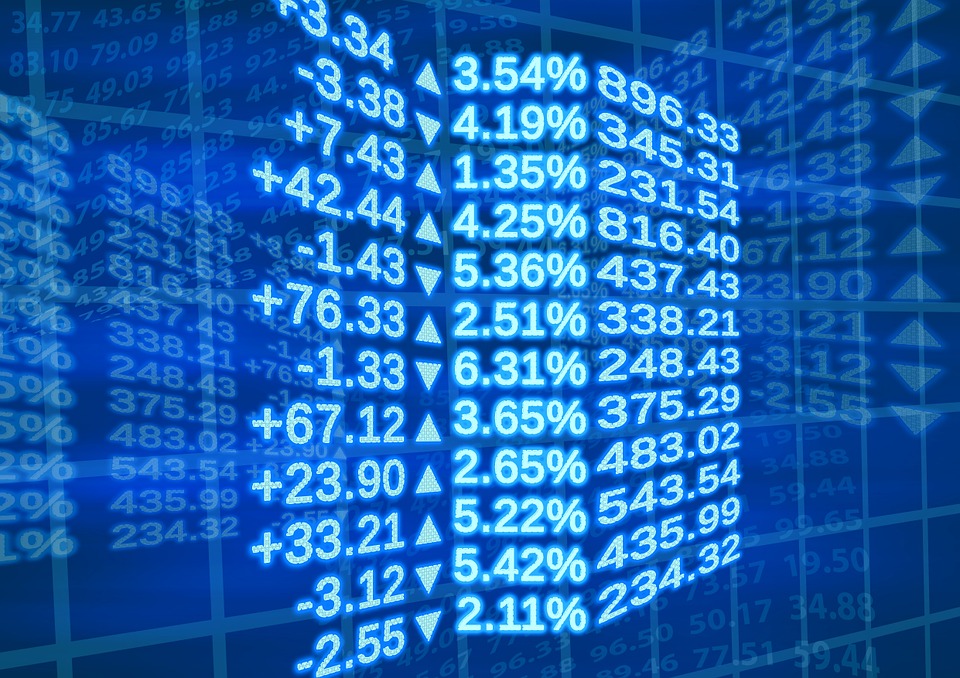Global shares mixed on optimism about US, China economies
Global shares were mixed Wednesday as markets looked to strong economic signs out of the US and China as drivers of growth.European shares slid in early trading, while benchmarks finished higher in Japan, China and Australia.

- Country:
- Japan
Global shares were mixed Wednesday as markets looked to strong economic signs out of the US and China as drivers of growth.
European shares slid in early trading, while benchmarks finished higher in Japan, China and Australia. Shares fell in South Korea.
France's CAC 40 fell 0.3% to 6,570.14 in early trading, while Germany's DAX slipped 0.7% to 13,812.17. Britain's FTSE 100 shed 0.3% to 7,513.18. US shares were set to drift lower with Dow futures down 0.4% at 33,995.0. S&P 500 futures fell 0.6% to 4,284.25.
Analysts warned major risks remain, such as surging COVID-19 cases in some countries in Asia, along with worries about global inflation and China's policies to curb infections.
“Expectations of economic growth in China and the US will likely remain key to gauging recession fears. China's zero-COVID' policy is still an important headwind for global growth,” said Anderson Alves at ActivTrades.
Japan's benchmark Nikkei 225 added 1.2% to finish at 29,222.77. Australia's S&P/ASX 200 rose 0.3% to 7,127.70. South Korea's Kospi lost 0.5% to 2,521.84. Hong Kong's Hang Seng added 0.5% to 19,922.45, while the Shanghai Composite edged up 0.5% to 3,292.53.
In New Zealand, the central bank raised its benchmark interest rate from 2.5% to 3% as it continues trying to battle inflation. The Reserve Bank of New Zealand said domestic spending had remained resilient in the face of local and global headwinds, and employment was robust.
Lower oil prices had given some reprieve from inflation, the bank said, but it needed to continue tightening monetary conditions until inflation was brought back to its target range of 1% to 3%.
New Zealand's inflation is running at 7.3% and unemployment at 3.3%.
In Japan, government data showed a trade deficit in July for the 12th consecutive month. Soaring oil prices and the sliding yen were key factors. Japan imports almost all its oil.
New COVID-19 cases have been surging in recent weeks as restrictions on economic activities ease. Ambulances have had to circle for hours looking for hospitals that could accept patients. But domestic travel and shopping appear to be back, boosting consumption.
The market's latest gyrations came as traders cautiously reviewed mostly encouraging financial results from major US retailers. US stocks had their best month in a year and a half in July and the winning streak has been continuing into August, partially on hopes that inflation is easing. The latest government report on consumer prices showed that inflation essentially stalled from June to July.
The latest results from retailers show that spending remains solid, even as American consumers face the hottest inflation in 40 years. Wall Street has been concerned that higher prices on everything from food to clothing could eventually stunt the economy's main engine of growth, consumer spending.
Investors will get more updates on the retail sector Wednesday, when Target reports its results and the US Commerce Department releases its July retail sales report. Economists surveyed by FactSet expect modest 0.2% growth from June, when sales rose 1%.
The retail reports are capping off the latest round of corporate earnings, which have been closely watched by investors trying to determine inflation's impact on businesses and consumers, while trying to gauge how the US Federal Reserve will react.
The central bank is raising interest rates in an effort to slow down economic growth and rein in inflation, though it risks hitting the brakes too hard and veering the economy into a recession.
The Fed in July raised its benchmark interest rate by three-quarters of a point for a second-straight time. On Wednesday, Wall Street will get more details on the process behind that decision when the Fed releases minutes from that meeting. Investors expect a half-point increase at the Fed's upcoming meeting in August, according to CME's FedWatch tool.
In energy trading, benchmark US crude rose 40 cents to $86.93 a barrel. US crude oil prices fell 3.2% Tuesday. Brent crude, the international standard, gained 38cents to $92.72 a barrel.
In currency trading, the US dollar edged up to 134.86 Japanese yen from 134.22 yen. The euro cost $1.0181, up from $1.0171.
(This story has not been edited by Devdiscourse staff and is auto-generated from a syndicated feed.)
ALSO READ
Paul Simon to play for Japan's Kishida, Bidens at White House state dinner
FACTBOX-US, Japan to strike deals on defense, space at leaders' summit
Biden and First Lady Extend Warm Welcome to Japanese PM and his Wife at the White House
Philippines president says trilateral summit with U.S., Japan to include South China Sea cooperation
Philippines president says trilateral summit with U.S., Japan to include South China Sea cooperation










